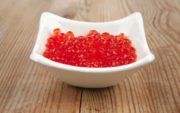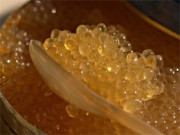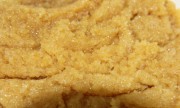Types of fish caviar - description and beneficial properties. How to determine the quality of caviar.
Properly processed and salted fish eggs are called caviar. Each of us has tried fish caviar at least once in our lives. Some people liked it and became their favorite delicacy for life, while others remained indifferent to it. Be that as it may, let’s try together to understand the variety of types of caviar, salting technology and determining its quality.
And so, there are 4 types of caviar:

Black caviar is obtained from sturgeon fish such as sterlet, beluga, sturgeon and stellate sturgeon.
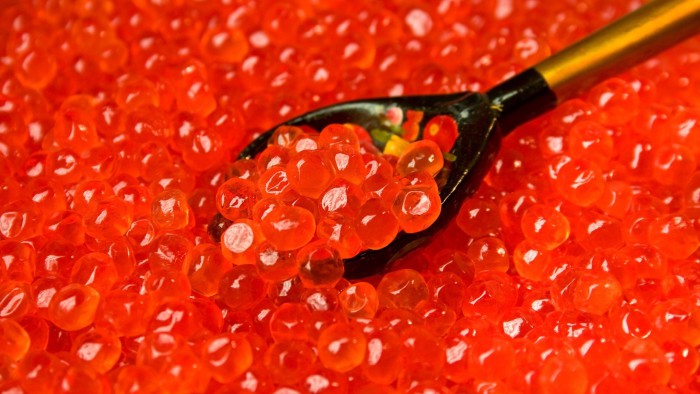
Red caviar is caviar from salmon fish (salmon, chum salmon, chinook salmon).
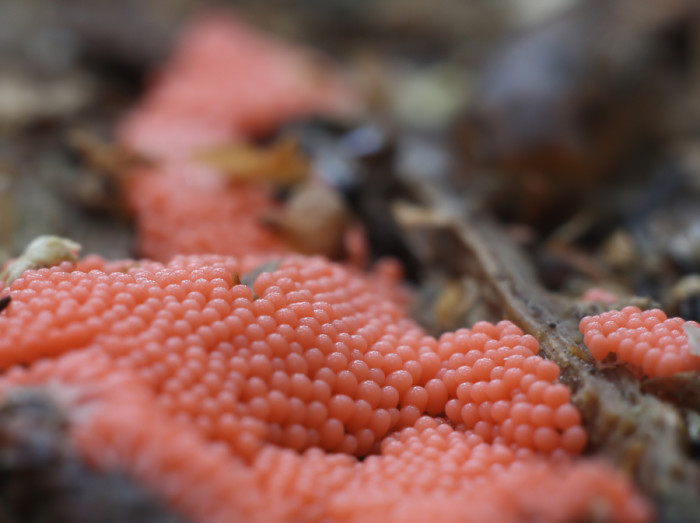
Pink caviar - from pollock, vendace and whitefish.

Yellow or partial - is obtained from pike, roach, pike perch, ram, mullet and mullet.

There is also the so-called white or snail caviar, but this is no longer fish caviar.
Black sturgeon (grainy, pressed) and red salmon caviar are among the most healthy and nutritious food products.
Caviar contains a large amount of proteins, healthy Omega-3 and Omega-6 saturated fats, vitamins and other beneficial substances. Caviar is recommended for people who need increased nutrition.
Fish caviar itself is very high in calories, it surpasses even milk, meat and other products. For example, 100 grams of pressed or granular black caviar contains about 280 calories, and red caviar - 270. As for meat, 100 grams yield only 120 calories, and 100 grams of milk - 70 calories.
Sturgeon caviar is considered the best and is valued higher if the grains are larger and lighter in color.Salmon caviar, on the contrary, tastes better if the grains are smaller, and bright red caviar (sockeye salmon) is inferior in quality to light orange caviar (pink salmon).
Video: Pink salmon caviar - Kunashir Island 2012.
River fish produce yellow or particulate caviar. Partial caviar is almost always of the yastik type and is salted in yastiks. They are first salted with dry salt. Take 12-12.5% salt to the total weight of caviar. Salting occurs over 8-12 days, in chests (special boxes) made of wood. After which, the caviar is thoroughly washed and placed in barrels in rows. Also, caviar can be salted in a strong salt solution (called brine) for 3-4 hours, and then dried for two weeks. This is how the caviar of mullet and mullet is salted.
Of all the river fish, only pike caviar is freed from the film-layers and then salted.
Partial caviar is not as valuable as, for example, black or red, but in nutritional properties it is practically equal to fish meat.
See also: Homemade pickling of red caviar
Lightly salted or lightly salted caviar
How to salt river caviar for storage
How to determine the quality of caviar.
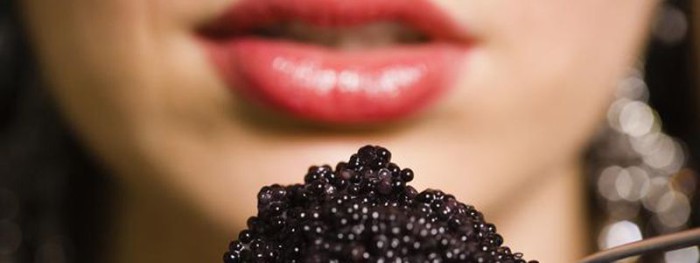
Here are several methods for checking the quality of red and black gourmet caviar:
— if you put the caviar on a plate, blow on it and it rolls, it means the caviar is of high quality;
- if you lower a metal ball on a string into a caviar maker and it does not go down within a few seconds, then the caviar is not of the highest quality;
- if the caviar does not crush in the mouth when pressed and requires chewing, it means it is overripe, but if, on the contrary, it immediately melts, without the slightest effort, then it is still unripe.
Video: 11 rules for buying red caviar.
How to distinguish black caviar from a fake
Habitat. How to choose fresh caviar
How to distinguish red caviar from different types of salmon


